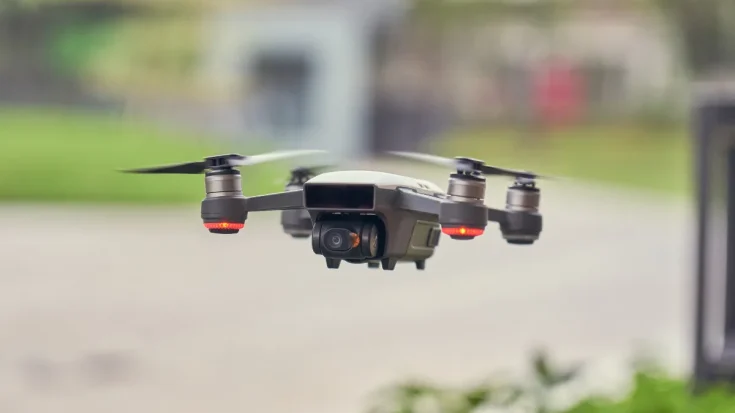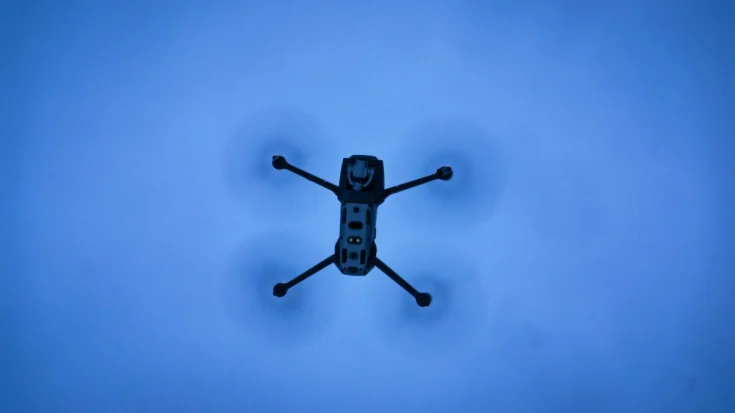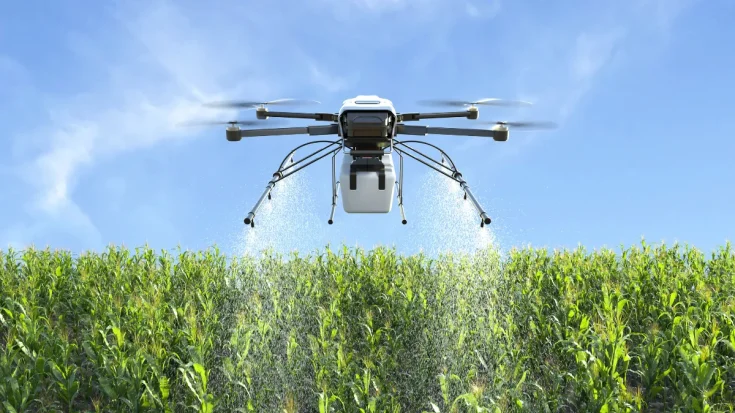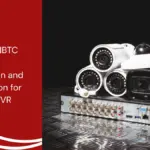Rotary-wing drones are a type of drone that works like a helicopter. Rotary wings have the advantage of being easy to move and stable when operated.
This article will delve into the world of rotary-wing drones from the definition, the diverse functions they perform in various industries, and their advantages.
Table of Contents
What is a Rotary-Wing Drone?
Rotary-wing drones use rotors (propellers) just like a helicopter that uses propellers to fly. This type of drone is also known as multicopter or multi-rotor, depending on the number of rotors used.
Also Read
Examples of this type of drone are quadcopter, hexacopter, and octocopter. Rotary-wing drones have the advantage of being easy to move and stable when operated.
Unlike fixed-wing drones that require a runway to fly. This type of drone has the ability for Vertical Take-Off and Landing (VTOL), so it can operate in limited areas.
The Functions of Rotary-Wing Drone

Rotary-wing drones have several functions from photography, and videography, to space exploration. Here are some of its functions:
- Photography and videography: Suitable for taking photos or videos from hard-to-reach viewpoints.
- Mapping: Commonly used in agriculture for various purposes such as monitoring and surveying land, spraying pesticides, and irrigation.
- Search and rescue: With its range flexibility, this drone can search for victims in areas affected by natural disasters.
- Security and law enforcement: These drones can be used for field monitoring, investigating accidents, and tracking emergency events.
The Advantages of Rotary-Wing Drone

Rotrary-wing drones have several advantages from VTOL capability, hovering ability, to ease of use. Here are some of its main advantages:
1. Vertical Take-Off and Landing (VTOL) Capability
One of the advantages of this drone is the vertical take-off and landing capability. This advantage allows the drone to be able to take off and land vertically, so it does not require a runway like a fixed-wing drone.
2. Maneuvering flexibility
Maneuvering flexibility is another advantage of this drone. It allows the drone to fly with precision in tight spaces, making it ideal for tasks that require precision and accuracy.
3. Hovering ability
This drone can hover in one place, allowing the drone to perform photo or video returns with high stability.
4. Integrated with various applications

Being able to integrate with various applications is another advantage of this drone. Applications that can be integrated include aerial photography, land surveying, infrastructure inspection, search and rescue, and shipping.
5. Ease of use
Another advantage of this drone is their ease of use. These drones are generally easier to operate and maintain than fixed-wing drones.
Those are the drone definitions, functions, and advantages of a rotary-wing drone that you need to know. Another thing to note is that rotary-wing drones on the market must pass the certification test from the Directorate General of Digital Infrastructure (DJID).
With DJID certification, users can feel calm about using rotary-wing drone technology whose quality and security are guaranteed. For manufacturers or importers of rotary-wing drone technology, obtaining certification from DJID is a mandatory step before the device can be officially marketed in Indonesia.
To simplify the certification process, you can use Type Approval Certification Services for ICT Products are available to assist with this process as a reliable solution.











